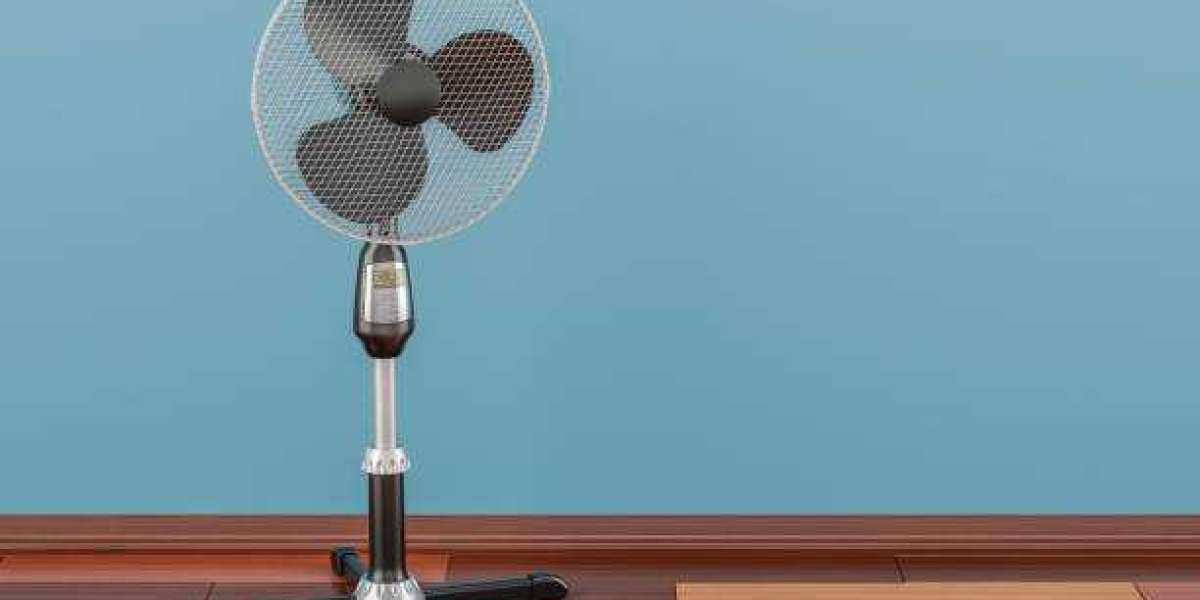When the summer heat becomes unbearable, a reliable tower fan can be a lifesaver. However, with so many options on the market, selecting the best one for your home can be overwhelming. This guide will walk you through the key factors to consider when choosing a tower fan that meets your cooling needs, energy efficiency, and style preferences.
Why Choose a Tower Fan?
Before diving into the specifics of choosing the right fan, let's explore why a tower fan might be the ideal choice for your home:
Space-Saving Design: Tower fans have a tall, slim profile, making them perfect for small spaces where traditional fans or air conditioners might not fit. They are especially ideal for apartments, condos, or dorm rooms with limited floor space. Tower fans are also a great option for people who live in small homes or have limited space available for a larger fan or air conditioner.
Quiet Operation: Many tower fans operate quietly, which is perfect for bedrooms, living rooms, or offices where noise can be a distraction. They are a great option for those who are sensitive to noise or need to concentrate. Tower fans are also ideal for use during the night when you want to avoid disturbing others.
Modern Aesthetics: With sleek, minimalist designs, tower fans blend seamlessly into modern home décor. They are available in a variety of colors and finishes to match your interior style. Tower fans can add a touch of sophistication and elegance to any room.
Energy Efficiency: Compared to air conditioners, tower fans consume much less energy, providing you with a cost-effective cooling solution. They are a great alternative for those who want to reduce their energy consumption and save money on their electricity bills. Tower fans are also a more environmentally friendly option compared to air conditioners, which can contribute to greenhouse gas emissions.
Key Factors to Consider
Size and Power:
Consider the size of the room you want to cool. Larger rooms require fans with more powerful airflow (measured in cubic feet per minute, or CFM). Match fan power with room size:
- Small Rooms (100-200 sq. ft.): A tower fan with lower CFM (300-500) will suffice. These fans are ideal for small bedrooms or offices. They are also a good option for people who prefer a gentle breeze.
- Medium Rooms (200-350 sq. ft.): Opt for a fan with medium CFM (500-800). These fans are suitable for living rooms or larger bedrooms. They can provide adequate airflow for most spaces.
- Large Rooms (350+ sq. ft.): Choose a tower fan with high CFM (800+). These fans are powerful enough to cool large living rooms or open-plan spaces. They are also a good option for rooms with high ceilings or large windows.
Oscillation Feature:
Oscillation allows the fan to rotate from side to side, distributing air more evenly. Opt for a tower fan with a wide oscillation angle (75 degrees or more) for larger spaces or consistent breezes. This feature is especially useful for cooling larger rooms or areas with uneven airflow. Oscillation can also help to prevent hot spots in the room.
Noise Levels:
Look for fans with decibel (dB) ratings to gauge noise levels. Aim for a tower fan that operates between 40-60 dB, which is a range of soft to moderate white noise. If you are particularly sensitive to noise, you may want to look for a fan with a lower decibel rating. Some tower fans also have noise-reduction features, such as sound-dampening materials or quiet motors.
Speed Settings and Modes:
Most tower fans come with multiple speed settings to adjust airflow. Consider different modes like normal, natural, and sleep for various cooling needs. The normal mode provides consistent airflow, while the natural mode simulates natural wind with fluctuating fan speeds. The sleep mode gradually slows down the fan speed over time, making it ideal for nighttime use. Some tower fans also have a turbo mode for maximum airflow, which can be useful for quickly cooling down a room.
Remote Control and Smart Features:
Convenience is key, especially in bedrooms or living rooms. Many tower fans come with remote controls or smart features like Wi-Fi connectivity or voice assistant compatibility. A remote control allows you to adjust the fan's settings from a distance, while smart features enable you to control the fan using your smartphone or voice commands. Smart tower fans can be integrated with your home automation system for a more convenient and connected experience.
Air Purification:
Some tower fans have built-in air purifiers or ionizers to reduce allergens, dust, and odors. Consider these features if air quality is a concern. These fans can be especially beneficial for people with allergies or respiratory issues. Air purifiers can help to improve indoor air quality and create a healthier breathing environment.
Energy Efficiency:
Look for ENERGY STAR certified fans or those with energy-saving modes. Timers can also help save energy by automatically turning the fan off after a set period. Energy-efficient fans can help you reduce your electricity bills and minimize your environmental impact. Some tower fans also have eco-friendly features, such as low-energy motors or energy-saving modes.
Ease of Maintenance:
Choose a fan that's easy to clean, with removable covers or accessible filters. Regular maintenance ensures longer lifespan and better performance. Cleaning your fan regularly will help to prevent dust buildup and maintain optimal airflow. Some tower fans have self-cleaning features, which can simplify the maintenance process.
Design and Aesthetics:
Consider the fan's design and how it complements your home décor. Choose a fan that matches your interior style and preferences. Tower fans are available in a variety of colors and finishes, so you can easily find one that suits your taste. Tower fans can also add a touch of personality or style to your room.
Price and Warranty:
Set a budget that aligns with your needs. Compare prices and features to find the best value. Check the warranty period for added peace of mind. A longer warranty period can provide you with additional protection and peace of mind in case of any issues with your fan. Some manufacturers also offer extended warranty options for an additional fee.







